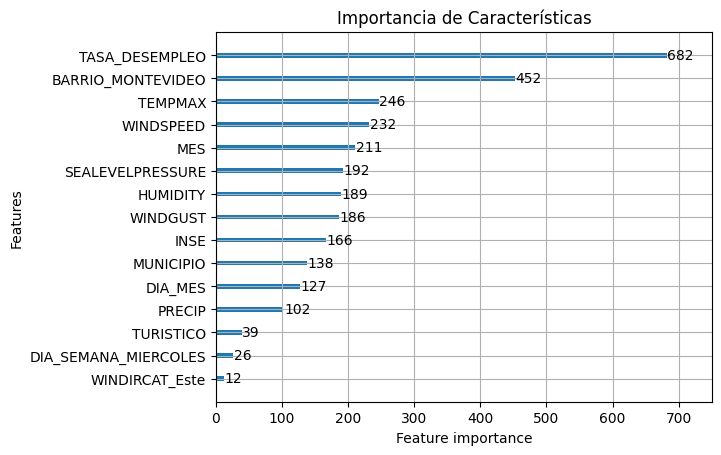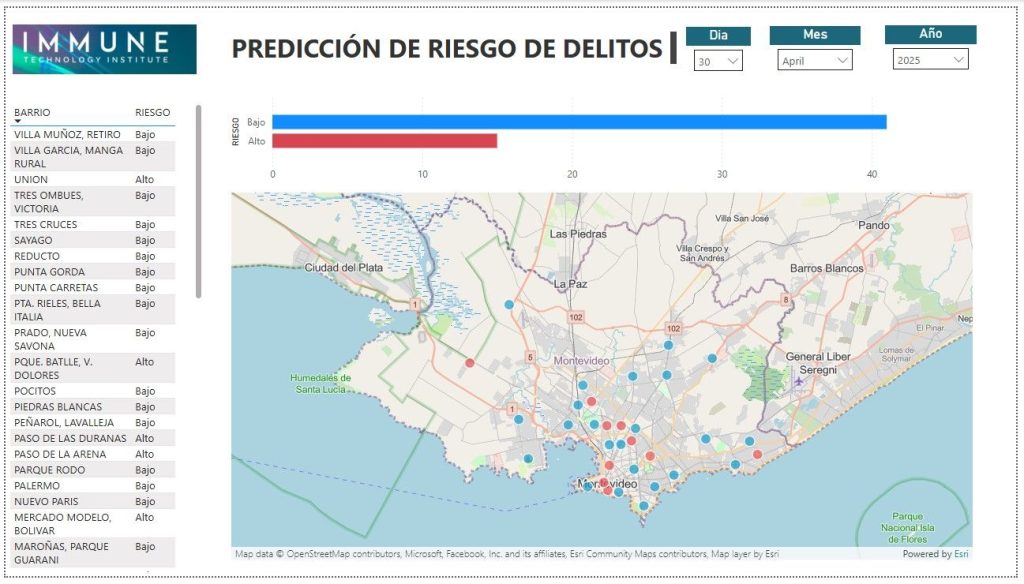Programas con titulaciones oficiales en Panamá, Colombia, Ecuador y México y convenios con UMECIT, IPIA y Fundación Universitaria Los Libertadores.
Intensive programmes
Extracurriary programs focused on bringing the world closer to the youngest of technology: programming, artificial intelligence, electronics, video games, cybersecurity, etc...
Artificial Intelligence is well known for its content generation capabilities, but it can also be used for other purposes that have a positive social impact, such as predicting high-risk crime areas.
Thanks to the study of historical data and socio-economic, climatic or temporal variables, it is possible to predict where there is a higher risk of crime, allowing the optimisation of police resources and understanding the dynamics of crime, in this case in the city of Montevideo.
Carried out by Marcelo Miraballes | Daniel Vega | Diego Macias | Marco Antonio Peña
Qualification Master in IA & Data Science
Technologies Artificial Intelligence | Machine Learning | Data Analysis and Visualisation | Optimisation of Models | Development Environments
El auge de la recolección de datos ha aumentado el interés en aplicar técnicas de Machine Learning al servicio de la seguridad pública, analizándolos para predecir zonas de alto riesgo delictivo y facilitando una asignación eficiente de recursos.

The project has involved the following phases:

The results obtained include:
El análisis de criminalidad en zonas críticas para la seguridad pública apoyado por IA y ML facilita la optimización de recursos policiales, asignándolos allá donde hagan más falta, así como funciona a modo de apoyo en la planificación urbana y la prevención de todo tipo de delitos.